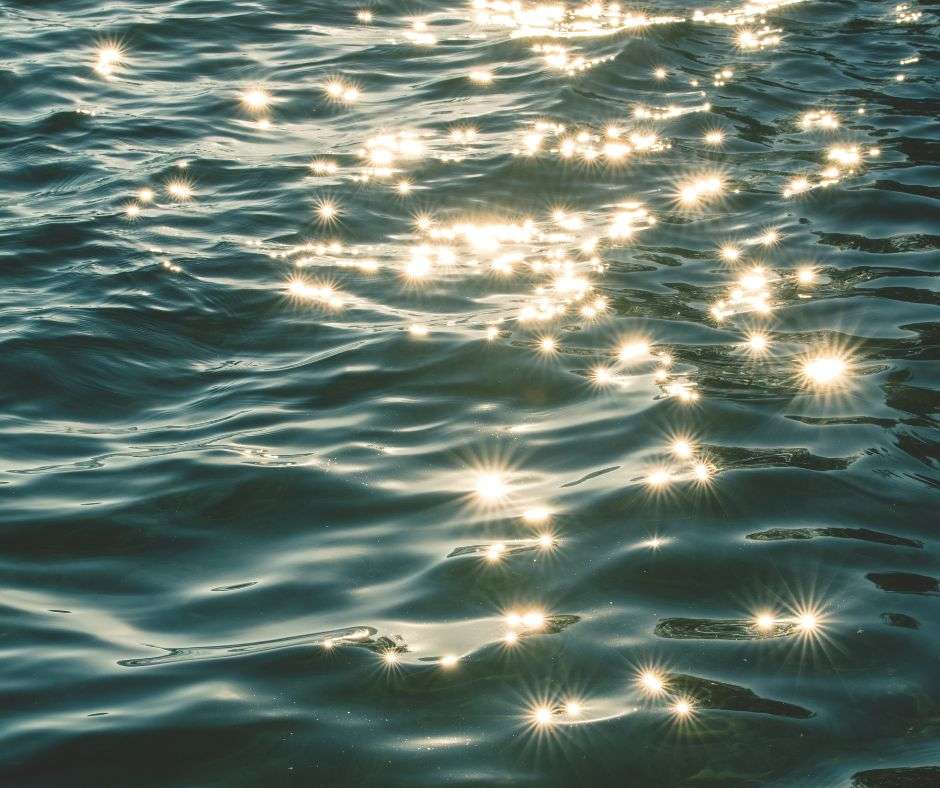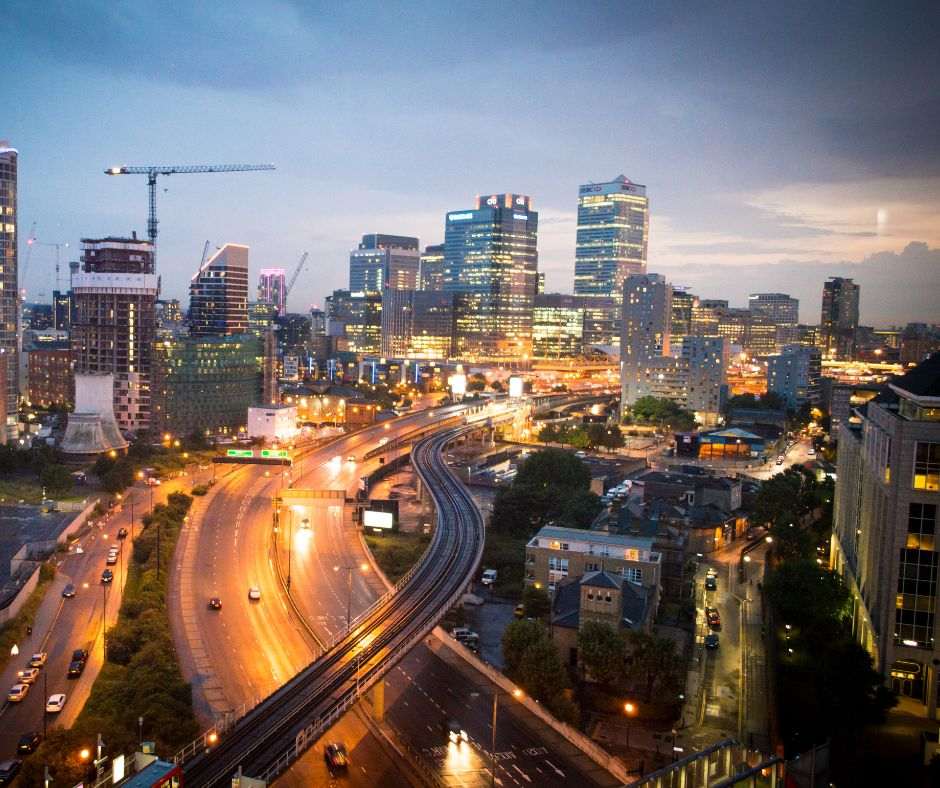The feet are the foundation of the body. The 33 joints and the 26 bones in the foot constantly move and make small articulations based on the forces the body is bearing. Ultimately, any incongruence in our posture or alignment (day to day and in our asana practice) will show up in the feet. The opposite is also true; as we re-align and strengthen the feet and legs, greater postural integrity will enter the whole body, affecting seemingly unrelated issues.
The feet and legs connect us to Mother Earth. Within the eastern traditions of Chinese Medicine and Ayurveda, the feet are associated with the Earth element (tǔ or pṛthivītattva). In yoga asana, establishing a solid foundation through working with the feet and legs develops a strong sense of purpose and self and an ability to remain grounded when encountering instability. In this way, working with standing poses and poses that work the legs and feet are especially helpful for people who have a vata imbalance, a blood deficiency (xue xu), and/or those who struggle with anxiety, timidity, or a lack of yang, strength, and purpose.
In addition, strong bones and healthy circulation in the feet and legs help to treat and prevent physical imbalances and disharmonies such as bunions, plantar fasciitis, weak ankles, prolapsed arches, knee pain, and even IT band tightness and organ prolapse.
Kidney 1 (Yongquan) // Tala Hrdaya
In Chinese Medicine, the lowest and most grounding point on the body is located on the sole and is called Kidney 1 (yongquan). In Ayurvedic medicine, this point is called Tala Hrdaya. Kidney 1 is usually translated as bubbling spring because it is an access point to the deep reserve of Kidney energy within while at the same time being deeply connected to the earth. Because it is the lowest point on the body and connected to Kidney energy, it is a significant place to utilize when feeling ungrounded and ‘in your head.’
I often recommend students and clients focus on their feet and the physical sensation of their feet on the ground when they’re feeling anxious or wound up. At any time throughout your day, you can bring your attention to the soles of your feet and imagine roots sprouting from the location of Kidney 1 down into the earth to help bring you back to center and a feeling of stability. This can also be a helpful practice during savasana, the final resting pose in yoga.
The location of the Kidney 1 point can be found on the sole in the groove just under and in the middle of the pads of the big toe and second toe. Gently rub and press this point for an added sense of grounding.
Movement and Yoga Poses for the Feet and Legs
“TATRA STHITAU YATNO’BHYĀSAH”
Practice is the effort to be stable in open attention.Yoga Sutra 1.13
While practicing the poses below, I suggest reflecting on developing vira (strength) and sthira (stability). For sequencing purposes, combine poses that open the fascia of the feet, tonify the channels of the inner leg, and stretch the lateral (outside) leg and hip.
To activate the feet and legs during these poses, focus on pressing into all four corners of the feet and spreading the fascia and bones of the feet across the mat. Lift the medial (inner) arches of your feet and feel the direct line of energy up the inner seam of the leg. The leg’s inner seam helps transmit earth energy from the feet through the yin energetic channels into the pelvis. This is directly related to the main blood channels and circulation through the femoral arteries and veins. Learn about the energetics of the inner leg here.
- Supta Tadasana (reclined mountain) with a block between thighs and heels on the wall – Lie on your back, straighten your legs and press your heels against a wall. As you press your heels to the wall, pay special attention to pressing all four corners of the foot while at the same time lifting the medial (inner) arch of the foot towards the inner knee. Place the block between your thighs and squeeze the block with the inner thighs. Engage your quadriceps (front thighs) as if you were standing. Align the rest of your body by sliding your upper buttock muscles towards your heels and your scapula (shoulder blades) down your back. Continue to activate the feet!
- Tadasana/Samasthiti (mountain or equal standing) with a block between big toes – Stand with feet parallel. Press the center heel to the floor. Feel the outer edge of the big toe and the outer edge of the little toe. Squeeze the block between the two big toes and lift the leg’s medial (inner) arches and inner seam. Align the rest of your body by standing tall.
- Vajrasana (broken toe) – Kneel on the floor, tuck your toes, and sit back on your heels. Work towards having all ten toes tucked, and don’t allow your heels to fall out to the side. Use this pose regularly to open the plantar fascia at the bottom of the feet, increase circulation, and treat bunions, plantar fasciitis, and bone spurs in the feet. If sitting back is too painful, place a block on your heels or put your hands on a chair in front of you to reduce the pressure on the feet.
- Virabhadrasana I (warrior I ) with the back heel against the wall – Step one foot back and one foot forward. Place the outer heel of the back foot against the wall and press the inner heel of the front foot into the mat. Bend your front knee and turn your outer back hip forward. Lengthen the front of the spine as you lift your arms. Continue to activate the feet as you press your back heel to the wall and keep your back leg sharp. (Practice lunge poses with the back heel lifted to prep for this pose). Engage the back leg and pin the front foot’s inner heel and big toe mound down.
- Trikonasana (triangle) with the back heel against the wall and/or a roll under the transverse arch of a front foot – From Warrior I above, straighten your legs and turn your torso to the side of the mat. Press the outer heel of the back leg into the wall as you ground the big toe mound, little toe mound, and center heel of the front foot. Lift the medial arch of the front foot as you engage the quad of the front leg. Tip your hips back to the wall as you lower your front hand to a block under your shoulder. Continue to activate the feet and legs as you press your hand into the block to roll the belly and lengthen the anterior (front) spine. This pose can also be done with a rolled mat placed under the transverse arch of the front foot. If practicing this variation, place the roll in the middle of the foot to run across the foot between the inner (medial) and outer (lateral) arches. Focus on pressing into the four corners of the foot (big toe mound, little toe mound, and the sides of the heel) as the roll lifts the arch.
I hope these suggestions inspire more movement, circulation, and vitality in your feet and legs! Remember, as your practice becomes more refined, greater subtlety shows up for exploration! Can you feel all 33 joint articulations in your feet? 😉








